WHY WE CLIMB
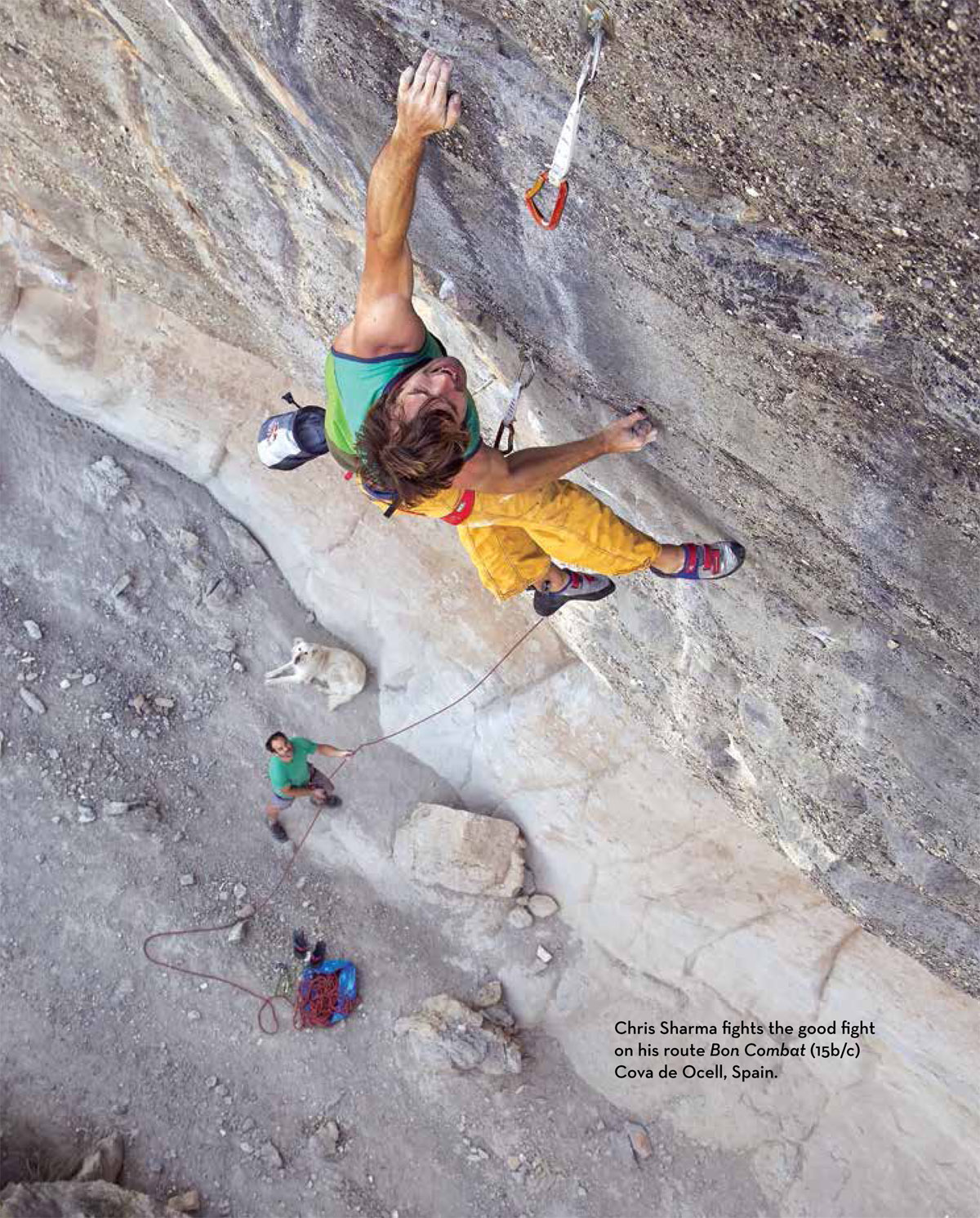
ABOUT THE AUTHOR
Chris Noble is a lifelong climber and a veteran of over thirty expeditions. He is the author of Women Who Dare: North Americas Most Inspiring Women Climbers . His writing and photography have appeared in hundreds of books and publications worldwide including Adventure Journal , Alpinist, Climbing , Geo , National Geographic , Paris Match , Outside , Rock & Ice , Rolling Stone , and Sports Illustrated . He has served as a contributing editor for Powder and Outdoor Photographer magazines. Find him at www.noblefoto.com.
FALCON
An imprint of Globe Pequot
Falcon and FalconGuides are registered trademarks and Make Adventure Your Story is a trademark of Rowman & Littlefield.
Distributed by NATIONAL BOOK NETWORK
Copyright 2017 Chris Noble
All photos by Chris Noble unless otherwise noted
All rights reserved. No part of this book may be reproduced in any form or by any electronic or mechanical means, including information storage and retrieval systems, without written permission from the publisher, except by a reviewer who may quote passages in a review.
British Library Cataloguing-in-Publication Information available
Library of Congress Cataloging-in-Publication Data
Names: Noble, Chris, author.
Title: Why we climb : the worlds most inspiring climbers / Chris Noble.
Description: Guilford, Connecticut : Falcon, an imprint of Globe Pequot, [2017] | Includes bibliographical references and index.
Identifiers: LCCN 2016033437 (print) | LCCN 2016035976 (ebook) | ISBN 9781493018536 (pbk.) | ISBN 9781493018543 (e-book)
Subjects: LCSH: MountaineersBiography. | MountaineersInterviews.
Classification: LCC GV199.9 .N625 2017 (print) | LCC GV199.9 (ebook) | DDC 796.522092/2 [B] dc23
LC record available at https://lccn.loc.gov/2016033437
 The paper used in this publication meets the minimum requirements of American National Standard for Information SciencesPermanence of Paper for Printed Library Materials, ANSI/NISO Z39.48-1992.
The paper used in this publication meets the minimum requirements of American National Standard for Information SciencesPermanence of Paper for Printed Library Materials, ANSI/NISO Z39.48-1992.
The author and Rowman & Littlefield assume no liability for accidents happening to, or injuries sustained by, readers who engage in the activities described in this book.
To Mark Andrew Davis 1966-2016
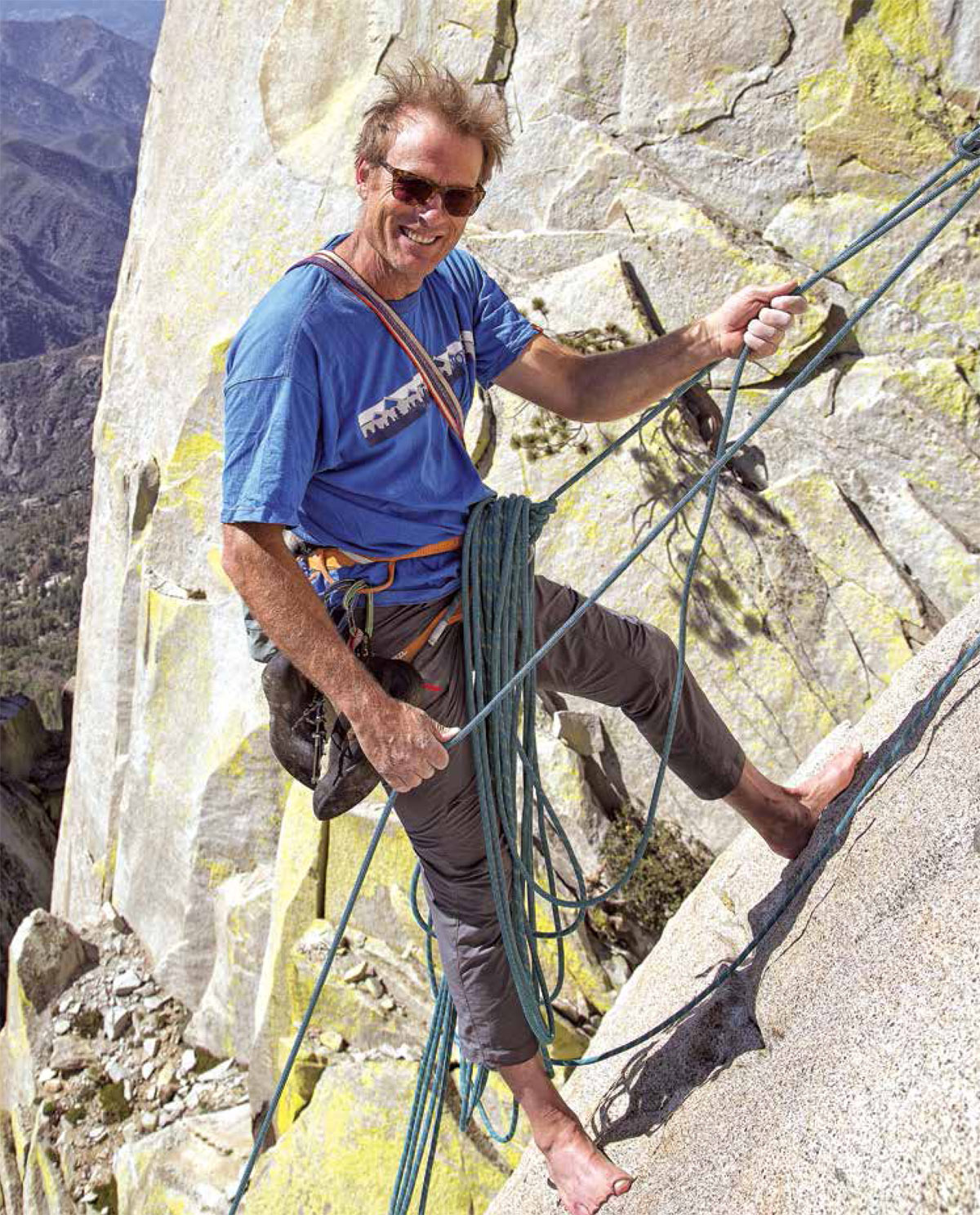
Conrad Anker footloose and fancy-free in the California Needles
FOREWORD
by Conrad Anker
Why do we climb? It certainly isnt an easy way to spend ones timeand it can be deadly. The rock and snow that create the mountains we climb are in a constant state of flux. You may have noticed that humans are soft when compared to rock. If we fall on rock or rock falls on usthe rock always wins. Some would say climbing is frivolous. It doesnt solve any problems. Climbers arent caring for other people. Yet for a certain few, the call of the vertical game of gravity is too great to resist.
When asked the question Why do you climb? most climbers respond based on their own predilection. Scenery, exhilaration, challenge, partnership, and exercise are a few of the reasons often mentioned.
George Leigh Mallory, the pioneering climber who disappeared on the slopes of Everest in 1924, answered the question with the comment, Because its there. While much has been made of his famous retort (over Scotch and in writing), we really dont know if Mallory was offering a philosophical insight or an easy quip to placate a pesky reporter. Either way, because its there is the most-often quoted reason to explain climbing... especially by those who dont climb.
Yet for those of us who tie in, are willing to fight gravity, and seek out the hidden secrets of hand-and footholds sculpted by nature, Mallorys answer might leave us wanting more. There seems to be something deeper.
Does why we climb have to do with humankinds eternal drive for exploration? Maybe this, more than anything, has resulted in our being the dominant species on the planet. In the beginning, our drive was for food and shelter. Eventually it grew into the quest for empire. This explanation might make sense when applied to Genghis Khan, Magellan, or Lewis and Clarkyet its probably not why we hang on the side of a cliff and voluntarily put ourselves in harms way.
Perhaps some of us are simply hardwired for adventure. Perhaps we have some gene that every so often switches on to drive some of us to risk more. In every tribe there have always been those who left the comfort of the fire to dare the unknown. Whats on the other side? Will I return with success? Will I return at all? Throughout history, the call to adventure is well documented. Homers Odyssey , for example, is the quintessential story of risk and adventure, the quest into the unknown. Fittingly, Odysseus never arrives at an answer. Perhaps todays modern adventurers are simply a new interpretation of this ancient story.
Could the opening of new routes, the last vestiges of terrestrial exploration, be a climbers grasp at immortality? While Riccardo Cassin is no longer with us, the route he pioneered on the south face of Alaskas Denali lives on.
Perhaps some humans are simply narcissists. Perhaps we want the biggest and the best, so we accomplish daring feats to fuel our pride and create envy among our peers. For superstars, celebrities, and politicians, this outward manifestation of the ego makes sense. They thrive on it, and fame becomes its own feedback loop.
Yet for many of us who seek gravity as a way of life, maybe we do so to be reminded of the transitory nature of life. I think for most climbers, the self-effacing lot that we are, we climb to release the ego.
So while there are many deeper reasons why we tie in, at the end of pitch or at the summit of a peak, it all comes down to joy. If all goes well, we experience the elation of having overcome gravity, figuring out a way get to the top with our own strength and determination.
Problem-solving brings joy: How do I get to the top? Can my body function without adequate oxygen? Whats the coefficient of friction between skin and sandstone?
Teamwork brings joy. The very act of belaying, our own attention and patience while our partner pushes his or her limitations, speaks to a shared happiness human beings seek.
And adventure brings joy. For me, this is the root of all happiness.
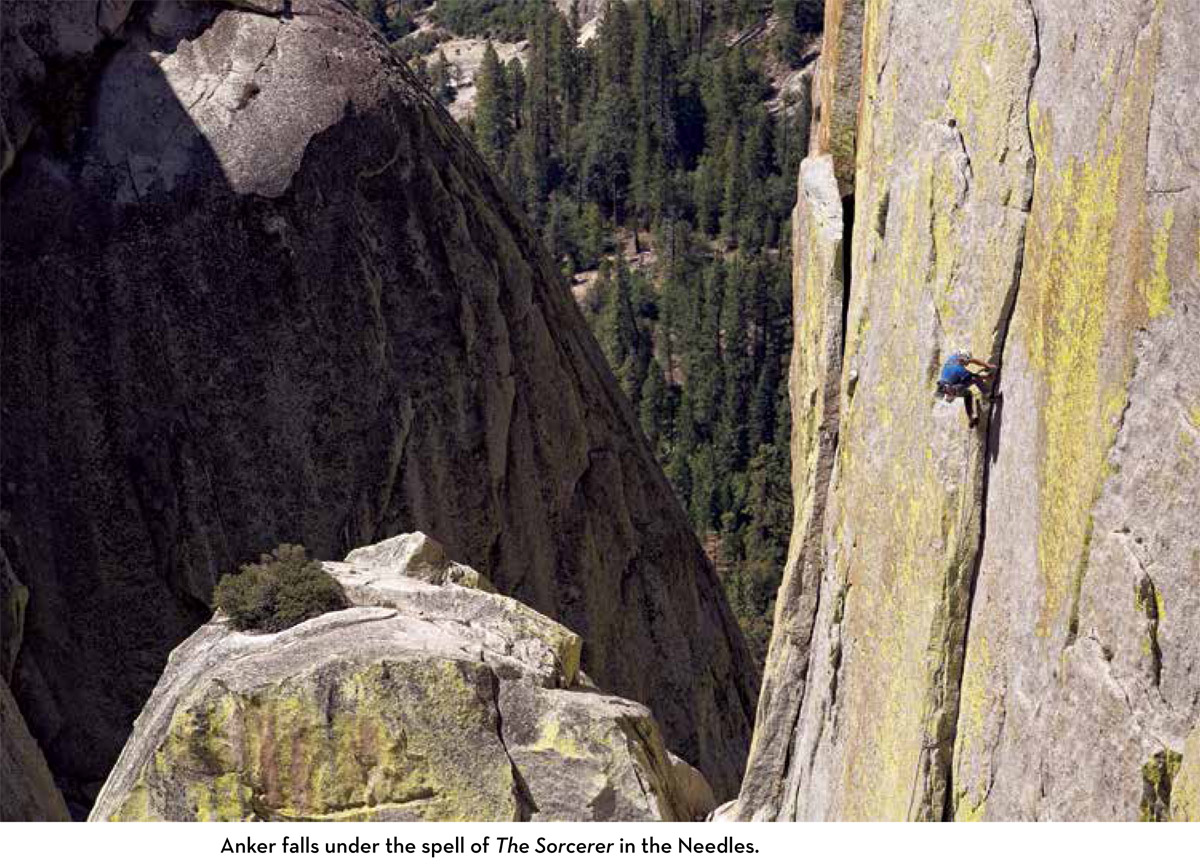
Im reminded of Ren Daumal and his answer to why we climb from Mt Analogue , published in 1952: You cannot stay on the summit forever; you have to come down again. So why bother in the first place? Just this: What is above knows what is below, but what is below does not know what is above. One climbs, one sees. One descends, one sees no longer, but one has seen. There is an art of conducting oneself in the lower regions by the memory of what one saw higher up. When one can no longer see, one can at least still know.
Climbing is a combination of all of these things.
Chris Nobles images span decades and generations. He successfully made the transition from film to digital and has captured the emotion of climbers struggles and successes from the Himalaya to Yosemite. Chriss writing is tempered with experiencehe is a climber and so is as haunted and motivated by the same questions as all of us who climb. Through word and image, Chris explores the motivation of climbers who by their own volition are lifers. They have no other calling. They have no other choice. They must climb. Perhaps through their view, youll want to climb as well. To feel the stretch of muscle and tendons, the single-mindedness of focus as you engage a challenging pitch, and the warmth of memory of the journey and a day spent climbing with friends.



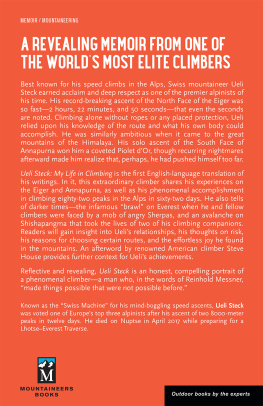
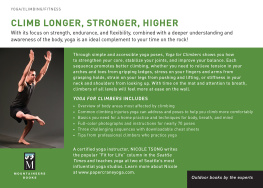
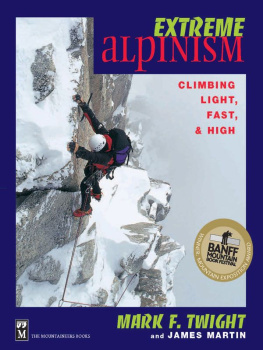
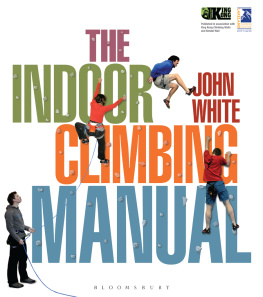


 The paper used in this publication meets the minimum requirements of American National Standard for Information SciencesPermanence of Paper for Printed Library Materials, ANSI/NISO Z39.48-1992.
The paper used in this publication meets the minimum requirements of American National Standard for Information SciencesPermanence of Paper for Printed Library Materials, ANSI/NISO Z39.48-1992.
